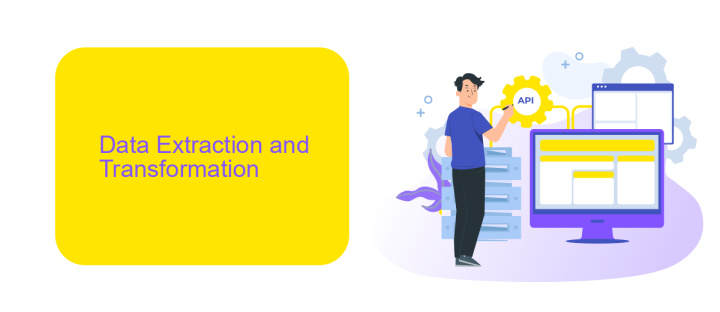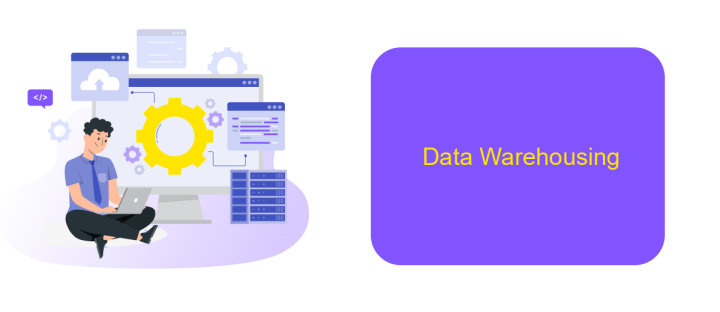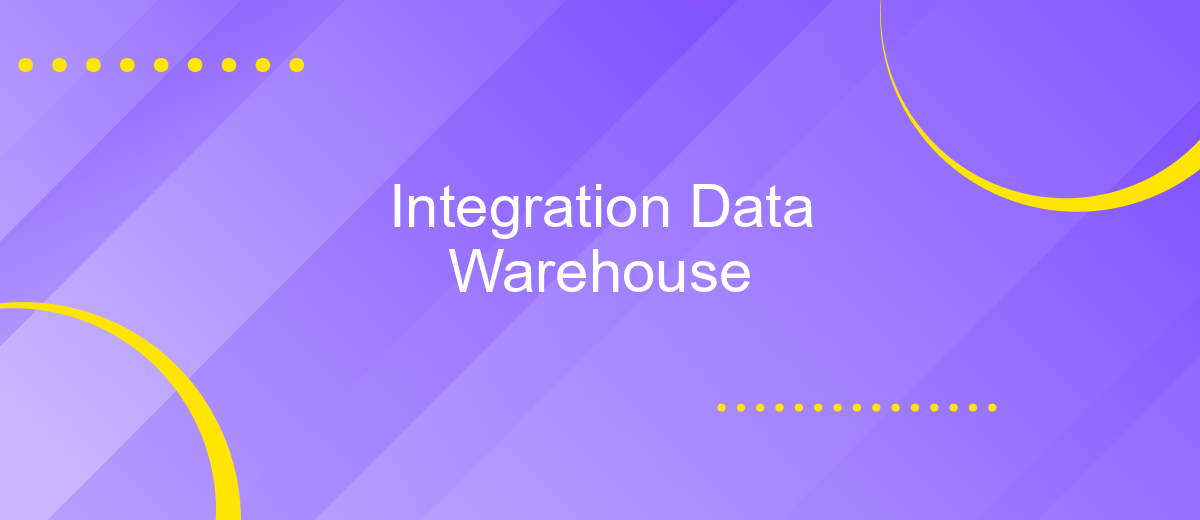Integration Data Warehouse
In today's data-driven world, the integration of data warehouses has become essential for organizations aiming to consolidate their data from various sources into a single, cohesive repository. This process not only enhances data accessibility and reliability but also empowers businesses to make informed decisions, streamline operations, and gain a competitive edge. This article explores the key aspects and benefits of data warehouse integration.
Introduction
In today's data-driven world, the integration of data warehouses has become a crucial aspect of business intelligence and analytics. Effective data integration allows organizations to consolidate information from various sources, ensuring that decision-makers have access to accurate and comprehensive data. This process not only enhances data quality but also streamlines operations, leading to more informed and timely decisions.
- Centralized data management
- Improved data quality and consistency
- Enhanced decision-making capabilities
- Streamlined operations and reduced costs
ApiX-Drive is a powerful tool that simplifies the integration of data warehouses by automating the data transfer process between different systems. It supports a wide range of applications and databases, making it easier for businesses to manage and synchronize their data. By leveraging such tools, organizations can achieve seamless integration, ensuring that their data warehouse remains a reliable source of truth for all business operations.
Data Extraction and Transformation

Data extraction involves the process of retrieving data from various sources such as databases, cloud storage, and APIs. This step is crucial as it ensures that the data collected is accurate and up-to-date. Tools like ApiX-Drive facilitate seamless integration by allowing users to connect multiple data sources effortlessly. ApiX-Drive provides a user-friendly interface and a wide range of connectors, making it easier to automate data extraction without requiring extensive technical knowledge.
Once the data is extracted, the next step is transformation, which involves converting the data into a suitable format for analysis. This process includes cleaning, normalizing, and enriching the data to ensure consistency and quality. Transformation tools often provide functionalities such as deduplication, data type conversion, and the application of business rules. By leveraging these tools, organizations can ensure that their data warehouse contains reliable and actionable information, ultimately supporting better decision-making processes.
Data Integration

Data integration is a critical component in the architecture of a data warehouse. It involves combining data from different sources to provide a unified view, which is essential for comprehensive analysis and decision-making. Effective data integration ensures that all relevant data is accessible, accurate, and consistent across the organization.
- Identify data sources: Determine the various databases, applications, and external sources that need to be integrated.
- Data extraction: Use ETL (Extract, Transform, Load) tools to pull data from these sources.
- Data transformation: Cleanse and format the data to ensure consistency and accuracy.
- Data loading: Load the transformed data into the data warehouse.
- Monitoring and maintenance: Regularly monitor the integration processes to ensure data integrity and address any issues promptly.
Services like ApiX-Drive can simplify the data integration process by automating the connection between different applications and databases. ApiX-Drive offers a user-friendly interface and supports a wide range of integrations, making it easier for organizations to synchronize their data seamlessly. By leveraging such tools, businesses can focus on analyzing data rather than spending time on complex integration tasks.
Data Warehousing

Data warehousing is a crucial component in the modern data management landscape, enabling organizations to consolidate data from various sources into a single, centralized repository. This facilitates efficient data analysis, reporting, and decision-making processes. A well-designed data warehouse supports the storage of historical data, ensuring that businesses can track and analyze trends over time.
The integration of data from disparate sources into a data warehouse can be complex, requiring robust tools and strategies. This process involves extracting data from different systems, transforming it into a consistent format, and loading it into the warehouse. Effective integration ensures data quality and consistency, which are essential for accurate analytics.
- Centralized data storage
- Historical data tracking
- Improved data quality and consistency
- Enhanced decision-making capabilities
Services like ApiX-Drive can simplify the integration process by automating data transfers between various applications and the data warehouse. This not only saves time but also reduces the risk of errors associated with manual data handling. By leveraging such tools, organizations can ensure that their data warehouse is continuously updated with accurate and reliable information.


Data Analysis and Reporting
Effective data analysis and reporting are crucial components of any integration data warehouse. By consolidating data from various sources, businesses can gain comprehensive insights into their operations, customer behavior, and market trends. Utilizing advanced analytical tools, organizations can perform complex queries, generate real-time reports, and create interactive dashboards. These capabilities enable decision-makers to identify patterns, predict outcomes, and make data-driven decisions that drive growth and efficiency.
To facilitate seamless integration and reporting, services like ApiX-Drive can be instrumental. ApiX-Drive allows for the automation of data transfer between different systems, ensuring that data is consistently up-to-date and accurate. By leveraging such integration services, organizations can streamline their data workflows, reduce manual errors, and save valuable time. This not only enhances the quality of the data analysis but also ensures that reports are based on the most current information available, thereby increasing their reliability and relevance.
FAQ
What is a Data Warehouse?
Why is Data Integration important for a Data Warehouse?
What are the common challenges in Data Integration for a Data Warehouse?
How can I automate Data Integration for my Data Warehouse?
What are the benefits of automating Data Integration?
Do you want to achieve your goals in business, career and life faster and better? Do it with ApiX-Drive – a tool that will remove a significant part of the routine from workflows and free up additional time to achieve your goals. Test the capabilities of Apix-Drive for free – see for yourself the effectiveness of the tool.

